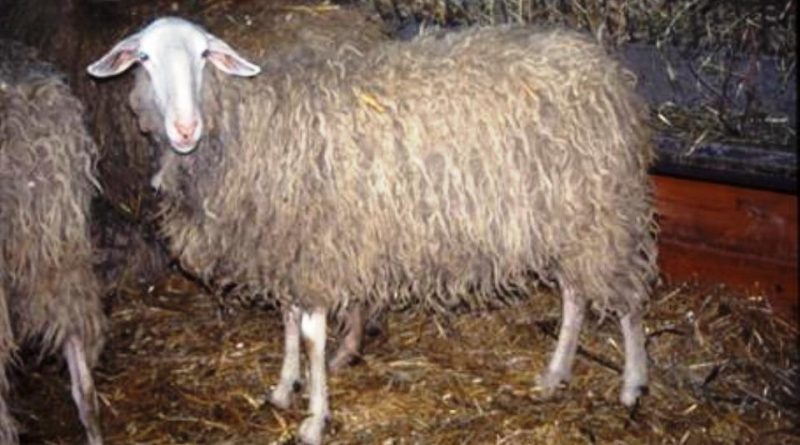Delle Langhe
Delle Langhe
The Delle Langhe Sheep is an Italian sheep breed (Ovis aries Linnaeus, 1758) bred in Piedmont and Liguria, with an aptitude for milk production.
Systematics –
From a systematic point of view it belongs to:
Eukaryota Domain,
Kingdom Animalia,
Phylum Chordata,
Mammalia class,
Order Artiodactyla,
Suborder Ruminantia,
Bovidae family,
Caprinae subfamily,
Genus Ovis,
Species O. aries,
Breed Of The Langhe.
Geographic and Area Distribution –
The Sheep of the Langhe is an Italian breed with a prevalent aptitude for milk production (among the best dairy breeds). It is an ethnic group of autochthonous origin from the hills of the Langhe (Piedmont). Widespread in Piedmont (Cuneo), in Liguria and central-southern Italy.
Origins and History –
The Langhe breed, or Langarola, is considered native to the area between the Alta Langa of Cuneo and Savona. Appreciated for its good production capacities, from Piedmont the breed has spread to various regions of central and even southern Italy.
The Langhe sheep bred today derives from an ancient ethnic group of the Langhe reliefs (Piedmont) perhaps dating back to the rough-fleece dairy breeds of the western Mediterranean. It is considered a native breed of the Alta Langa of Cuneo and neighboring areas of Liguria (Savonese), although it is widespread in other Italian regions (Liguria, Emilia Romagna, Tuscany, Abruzzo and Basilicata).
In 2000, the poor consistency of the breed in the area of origin and the difficulties encountered by breeders in increasing their flocks, prompted the Piedmont Region to include the Langhe Sheep among the breeds at risk of extinction, with contributions from the Rural Development Program 2007-2013, however, the situation has not improved and it will certainly be necessary to insist on the optimization of milk production and processing, the main way to enhance the breed.
Today the number is about 27,000 heads (of which about 4,000 are controlled, equal to 14%).
Morphology –
The Langhe Sheep is a medium-large breed, weighing 80-90 kg in rams and 55-65 kg in sheep. The height at the withers exceeds 80 cm in males and 70 cm in females. The head is devoid of horns in both sexes; the profile is markedly montonino, in particular in the male.
The trunk is long and narrow and the limbs are long and light.
The ears are of medium length and turned down and forward.
The fleece is white and not very extended: the head, the belly and the final parts of the limbs are devoid of wool.
Productive attitude –
The breeding of the Langhe sheep is typically sedentary. Grazing is practiced from April to October-November but close to the farm.
The consistency of the flocks, distributed mainly in Piedmont, is reduced, 20-50 heads, with the exception of a few farms that reach a hundred heads.
The main focus is on milk production. Milking is generally manual, except in larger farms. Lactation is quite long (7-8 months) and the average quantity of milk produced per lactation exceeds 200 liters. The milk is initially used for the suckling of the lambs, then milked and transformed into cheese (Toma di Murazzano is obtained, which in 1996 obtained the Protected Designation of Origin).
The average milk production (net of feeding) is:
– primiparous lt. 85;
– pluripare lt. 150.
The fat content is 6-7%, with protein 5-6%.
The meat production consists of light lambs, with an average slaughter weight of 12-15 kg, marketed during the Easter period.)
In general it is a sheep with good twinning (50%); transformation of milk into typical cheese (Robiola delle Langhe).
The genetic improvement for this breed is aimed at the quantitative and qualitative production of the milk and the maintenance of the production of the meat (lamb).
Guido Bissanti
Sources-
– Wikipedia, the free encyclopedia.
– Daniele Bigi, Alessio Zanon, 2010. Atlas of native breeds. Cattle, horses, sheep and goats, pigs reared in Italy, Edagricole-New Business Media, Bologna.

